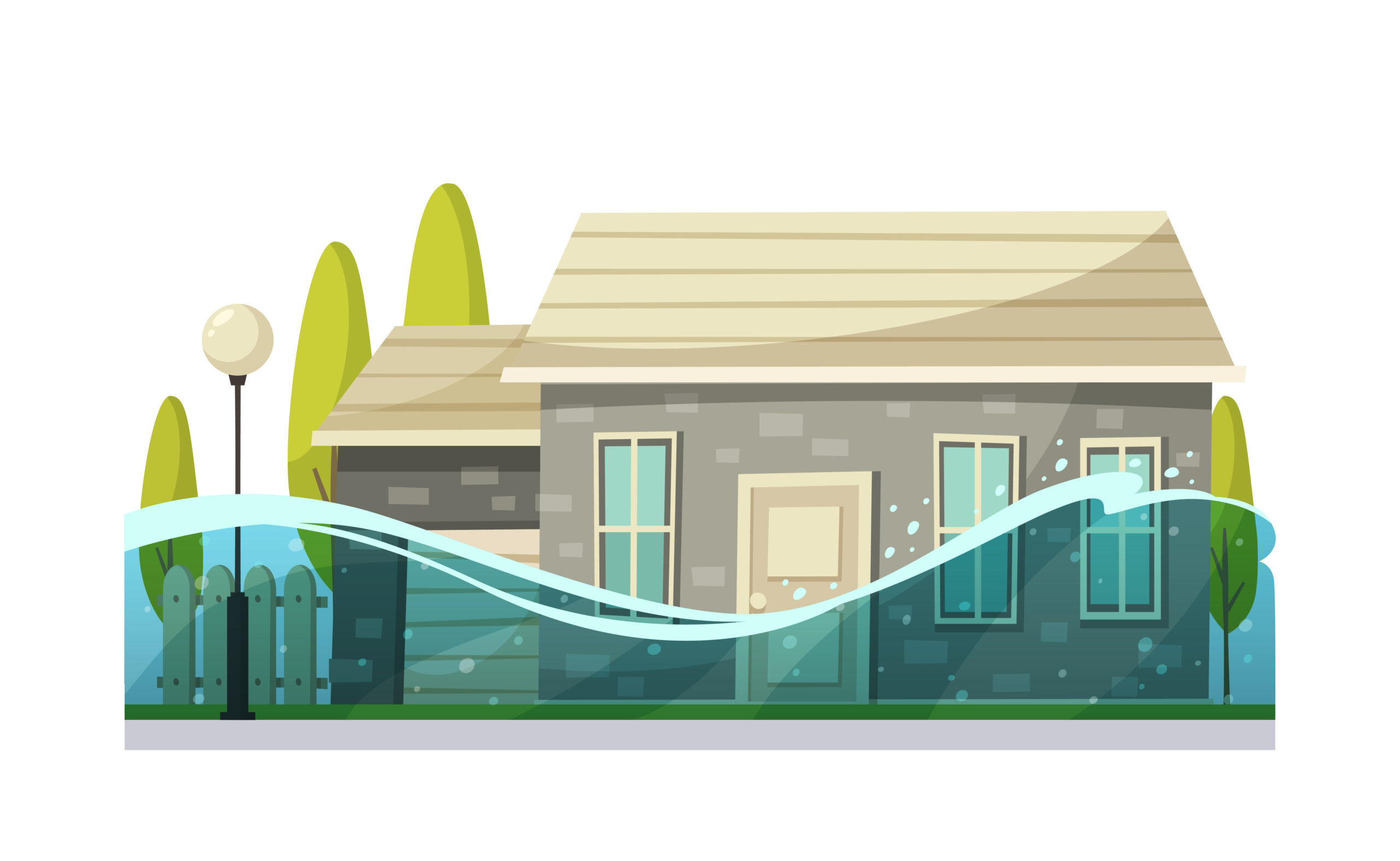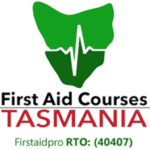According to the World Health Organization, both intentional and unintentional injuries are preventable. Thousands of people die and go to hospital emergency departments every year because of common injuries.
While minor injuries only take a few days to recover, people with severe injuries often have lasting health problems if they survive.
Injury Statistics
Injuries are significant contributors to Australia’s morbidity (illness), permanent disability, and mortality (death). Over the past decade, the hospitalisations rate due to injury has exceeded more than 530,000. It is prevalent in females 65 years old and up and 25 to 44 in men.
Injuries can happen, but some groups are at higher risk than others. The leading cause of injury and deaths include falls (unintentional falling), transport crashes, intentional self-harm (suicide), drowning, and poisoning.
About 42% are injuries from falls and 12% for transport and vehicle-related accidents.
5 Common Injuries In Australia
1. Falls
Accidental falls can result in broken bones, twisted wrist, arm, and ankle. It can also cause hip fractures and head injuries.
Falls resulting in injury can be severe, especially if taking certain medications such as blood thinners. An elderly person who suffers from a fall should see a professional right away to ensure they do not have a brain injury.
Signs And Symptoms After A Fall
- Severe or lingering pain in the head or other body parts
- Headaches
- Obvious swelling
- Ringing in the ears
- Bruising
- Loss of balance
- Dizziness
First Aid Treatment
Try not to move the person if there is no immediate risk. First, get down on the floor to be at their level and assess the situation. Put them in the recovery position to steer clear of the airway. When moving, take the injuries into account to avoid causing more pain.
If there are no signs of breathing, start CPR and request a defibrillator (AED) if there is one on-site.
2. Road Crashes
Recent data shows that road traffic injuries are one of the leading causes of death and hospitalisations in Australia. These crashes claim the lives of hundreds of people every year on the road.
Signs And Symptoms After A Road Crash
- Back pain
- Headaches
- Neck pain
- Numbness
- Post-Traumatic Stress Disorder (PTSD)
- Sudden changes in physical function or personality
First Aid Treatment
Move the person to a safer area away from oncoming traffic, glass shards, leaking fluids, and any other harmful materials on the scene. Have a bystander call an ambulance for further assistance. While waiting, assess the victim’s condition. For unconscious and non-breathing victims, perform CPR immediately.
3. Self-harm Or Suicide
Self-harm or self-injury can occur in many different forms. For this blog, we will focus on symptoms of suicide and its first aid treatment.
Signs And Symptoms Of Suicide
- Cutting, ripping, or tearing of the skin
- Anxiety attacks
- Aggressive behaviour
- Pulling out the hair
- Punching or hitting objects until there is bleeding
- Overdosing on medications with suicidal intentions.
First Aid Treatment
Mental Health First Aid encourages people to follow ALGEE action steps when attending to a mental crisis. Assess for any risk of harm, Listen without judgement, Give reassurance and information, Encourage professional help, and Encourage self-support and other strategies.
4. Drowning
Drowning occurs when water enters through the person’s mouth and nose, often resulting in suffocation. If left without treatment, the victim will continuously gasp for air, and a small amount of water may enter the lungs.
Signs And Symptoms Of Drowning
- Mouth sinking below the water
- Hyperventilating or gasping
- Unable to speak
- Eyes are glassy, unable to focus, or closed.
- Hair covering the eyes and forehead.
First Aid Treatment
Get the person out of the pool and look for any signs of breathing. Place your ear near their mouth or nose to see any chest movement.
For non-breathing casualties, provide chest compressions and rescue breaths. Repeat cycle until the person stabilise or until help arrives.
5. Poisoning
Poisoning occurs when a toxic substance enters the body and cause injury, illness, or death. Poison can be liquid, solid, gas or vapour fumes.
Signs And Symptoms Of Poisoning
- Nausea or vomiting
- Diarrhoea
- Abdominal Pain
- Loss of consciousness
- Seizures
- Difficulty breathing
- Change in behaviour such as hallucination and aggression
First Aid Treatment
Call Triple Zero (000) for emergency help and provide the dispatcher as much information as possible. While waiting for an ambulance to arrive, keep monitoring the person’s breathing and response levels.
Do not try to make the person vomit. If they become unresponsive at some point, open the airway, check for breathing, and perform CPR.
Conclusion
Both children and adults can reduce their risk of these common injuries. Learning first aid is one of them as it gives you tools to prevent a situation from becoming worse.
In some situations, a delay in first aid treatment can cause the condition to deteriorate immediately. Providing life-saving assistance can stabilise a victim until an ambulance arrives.








